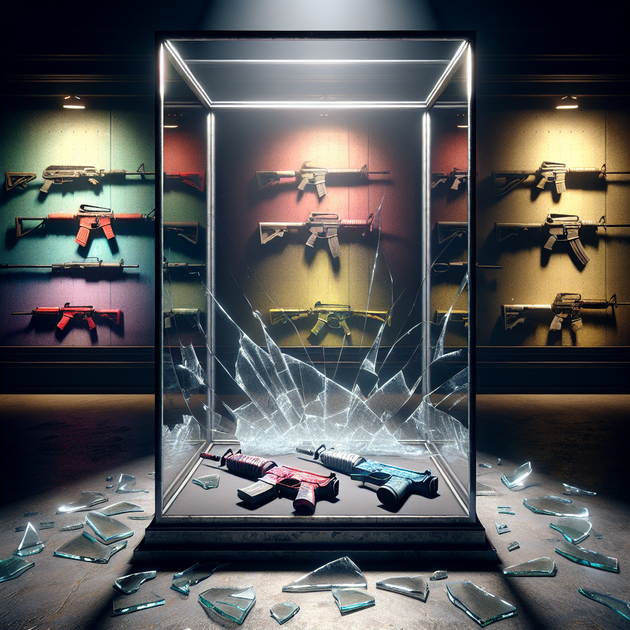Ever thought a video game update could wipe out billions in virtual cash overnight? That’s exactly what happened to the Counter-Strike 2 skins market—a digital economy worth more than some real-world companies. In just one night, this bustling $6 billion marketplace lost an estimated $3 billion after a routine-looking game update crashed prices and erased inventories for thousands of players.
What Are Counter-Strike 2 Skins—and Why Are They Worth Billions?
Counter-Strike 2 (CS2), Valve’s hugely popular first-person shooter, boasts a unique feature: weapon “skins.” These are purely cosmetic items that change how your guns look in-game. Skins don’t affect gameplay but have become collector’s items—some rare ones fetch thousands of dollars each on trading sites and marketplaces like Steam Community Market.
Here’s why they hold value:
- Rarity – Limited releases or discontinued designs are highly prized
- Community status – Sporting rare skins is seen as a mark of prestige
- Tradable – Skins can be bought, sold, or traded on third-party sites
- Speculation – Many treat them like investments hoping values will rise
This blend of exclusivity and tradeability has turned virtual gun paint jobs into serious business—by some estimates, the global CS skin market is valued at over $6 billion.
What Happened? The Game Update That Changed Everything
In June 2024, Valve released a major CS2 update aimed at improving security and balancing gameplay. But there was an unintended side effect: certain categories of weapon skins were suddenly removed from player inventories without warning. Almost instantly, online listings for these vanished or dropped to fractions of their former value.
According to reports like this PCGamesN article, third-party trading platforms saw prices plummet within hours. Players who’d spent years building collections—sometimes investing real money—woke up to find their digital assets gone or worth next to nothing.
The Impact on Players and the Digital Asset Economy
For many gamers, losing high-value skins wasn’t just disappointing—it was financially painful. Some had poured thousands of dollars into rare collectibles expecting stable or rising prices. Others simply treasured their collections for sentimental reasons or bragging rights.
This CS2 skin market crash shines a spotlight on several important issues:
- Ownership Rights: Do players truly “own” virtual goods tied to a company’s platform?
- Market Volatility: Digital asset prices can swing wildly due to developer decisions.
- Security Risks: Updates meant to fix bugs can unintentionally erase value.
- Lack of Recourse: There’s no easy way for affected players to reclaim lost items.
A gamer from Poland shared his story on a forum: “I saved up for two years to buy my Butterfly Knife Fade. Now it’s just… gone. I feel like I’ve been robbed by the very game I love.”
Bigger Lessons for Gamers and Investors Alike
The collapse of the Counter-Strike 2 skins market isn’t just about gaming—it’s a wake-up call for anyone dealing with digital collectibles and virtual goods.
- Know the risks: Digital asset markets aren’t regulated like traditional finance.
- No guarantees: Game publishers can alter or remove content at any time.
- Diversify investments: Don’t put all your money in one type of virtual good.
- Stay informed: Follow official channels for news about updates or policy changes.
If you’re curious about how these markets work—or how similar crashes have happened in crypto and NFT worlds—check out this primer from CNBC. The parallels between gaming skins and NFTs are surprisingly close.
The Road Ahead for CS2 Skins—and Digital Goods Everywhere
Valve hasn’t yet announced plans to compensate affected players or restore missing items. Meanwhile, traders are scrambling to make sense of new pricing realities. The episode leaves one lasting lesson: when it comes to virtual assets—whether that’s CS2 weapon skins or NFTs—the rules can change overnight.
It’s a wild ride in the world of online economies where code holds real-world value one day… then vanishes the next.
So here’s a question worth pondering: Would you trust your money with virtual goods after watching billions disappear in a single night?

Leave a Reply